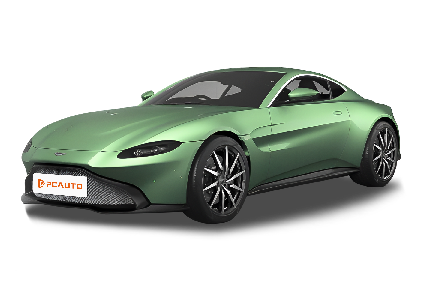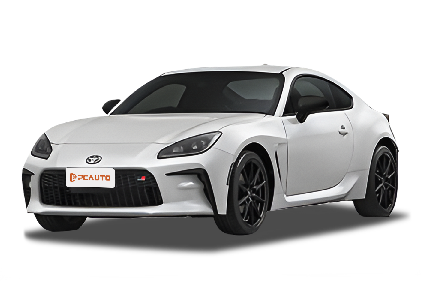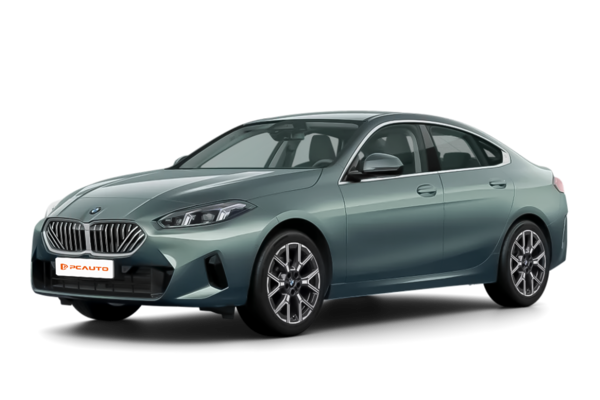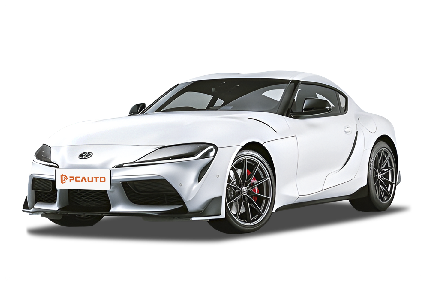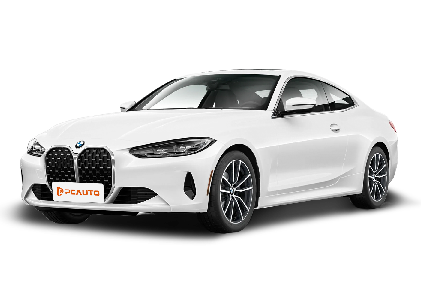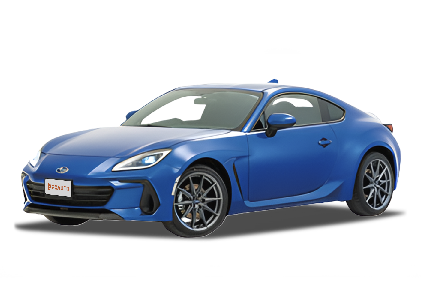Q
How much does the 2024 Vantage cost?
The 2024 Aston Martin Vantage is expected to start at around RM 1.2 million in Malaysia, though the exact price might vary depending on optional extras, taxes, and dealer policies. Under the hood, this beauty packs a 4.0-liter twin-turbo V8 engine cranking out 535 horsepower, rocketing from 0-100 km/h in just 3.6 seconds—seriously impressive performance. For Malaysian enthusiasts, the Vantage isn’t just about that classic British design language; it also brings the latest tech to the table, like a digital instrument cluster and advanced driver assistance systems, making it a solid pick for those who want both luxury and sportiness in one package. It’s worth keeping in mind, though, that luxury cars in Malaysia come with extra costs like import duties, sales tax, and registration fees, all of which will affect the final on-the-road price. If you’re keen on this ride, your best bet is to hit up the official dealers directly for the latest quotes and test drive arrangements. And hey, don’t forget to scope out the competition—think Porsche 911 or Mercedes-AMG GT—to make sure you’re getting the full picture before making that big decision.
Q
How much is the new Aston Martin Vantage 2024?
The 2024 Aston Martin Vantage is expected to start at around RM 1.2 million in Malaysia, though the exact price might shift depending on your spec choices, currency fluctuations, and local import duties. This freshly updated sports car packs a 4.0-liter twin-turbo V8 engine pumping out 535 horsepower, mated to an 8-speed automatic gearbox. It sprints from 0-100 km/h in just 3.6 seconds, marking a solid step up in performance from the previous generation.
Malaysian enthusiasts should note that luxury imports typically come with extra costs – think customs duties, GST, and registration fees. Your best bet for a precise quote and to book a test drive is to reach out directly to Aston Martin Kuala Lumpur’s official dealership.
In the same league, you’re looking at rivals like the Porsche 911 (starting around RM 900k) and the Mercedes-AMG GT (around RM 1.1 million). But the Vantage stands out with its British craftsmanship and distinct design language, making it ideal for discerning buyers who crave personality and driving thrills. If your budget’s a bit tighter, certified pre-owned models are worth considering – the Malaysian market occasionally has well-kept previous-gen Vantages going for about 60-70% of the new car price.
Q
What engine is in the Aston Vantage 2024?
The 2024 Aston Martin Vantage comes packing an upgraded 4.0-litre twin-turbo V8, sourced from Mercedes-AMG. This powerplant now cranks out 535 horsepower and a meaty 685 Nm of torque, paired with an 8-speed auto gearbox. That translates to a blistering 0-100 km/h sprint in just 3.6 seconds and a top speed of 314 km/h – seriously impressive performance numbers. For Malaysian enthusiasts, this engine isn't just about brute force; it's also nicely adapted to handle the local heat and humidity. Plus, Aston Martin's got a solid after-sales network here to keep your Vantage running sweet. What really stands out is how this V8 uses advanced turbo tech and fuel injection to balance that raw performance with decent fuel economy. It's the kind of setup that'll thrill driving purists without making daily commutes a chore.
Q
Which Aston Martin 2024 has a V12?
Aston Martin's 2024 V12-powered flagship is the **DBS 770 Ultimate** – the swansong for the DBS lineage, capped at just 499 units worldwide. Under that long hood lies a 5.2L twin-turbo V12 cranking out 759 hp and 900 Nm of torque, mated to an 8-speed auto. This brute sprints to 100 km/h in 3.4 seconds and tops out at 340 km/h, a true masterpiece marking the pinnacle of the brand's internal combustion era.
For Malaysian enthusiasts, the thunderous V12 soundtrack and opulent GT styling are quintessential Aston Martin. But keep in mind: high-performance machines like this demand extra attention to cooling in our sweltering climate, and those steep import taxes won't do favors for the price tag.
With Aston shifting toward electrification, the DBS 770 Ultimate is likely among the last of the pure V12 breed – making it a potential collector's gem. If you're serious about securing one, your best bet is to check with official Malaysian dealers for allocation availability.
Q
What is the fastest Aston Martin in 2024?
The fastest Aston Martin of 2024 is the Valkyrie. This limited-edition hypercar pairs a 6.5-liter naturally aspirated V12 with a hybrid system, churning out a combined 1,160 horsepower. It'll hit over 350km/h flat out and blasts from 0-100km/h in just 2.5 seconds. That uncompromising performance comes straight from F1 tech developed with Red Bull Racing, think carbon fiber monocoque chassis and active aerodynamics.
For Malaysian enthusiasts, while the Valkyrie is rare and pricey, Aston Martin offers other high-performance options locally, like the DB12. This GT is packing a 4.0-liter twin-turbo V8 with 671 horsepower – a better fit for Malaysian roads, if you ask me.
One thing to note with supercars in our tropical climate: maintenance needs extra attention to cooling systems and tire care. Definitely recommend regular professional servicing at authorized centers.
Aston Martin has really been upping their game with performance models lately, trickling down track tech into production cars – giving driving enthusiasts more exciting choices than ever.
Q
What safety features are included in the 2024 Aston Martin Vantage?
The 2024 Aston Martin Vantage doesn't skimp on safety kit, rolling out with adaptive cruise control, lane keep assist, automatic emergency braking, and blind-spot monitoring as standard. These features are total lifesavers when you're navigating Malaysia's chaotic city streets or logging highway miles, really stepping up the driving safety game. On top of that, there's a 360-degree camera and parking assist – super handy if you're not too confident squeezing into those tight parking spots we all encounter.
What really stands out though is the Vantage's body structure, built with high-strength materials and paired with a solid airbag setup. That means if the worst happens, you're in seriously good hands. For Malaysian buyers, this safety tech isn't just about ticking daily boxes; it's about reliability when you're clocking long distances in our tropical heat.
And let's not forget, this is a high-performance sports car. The Vantage nails the balance between active and passive safety. Its electronic stability program and torque vectoring keep things nice and composed even when you're pushing it hard. Blending that raw sportiness with top-notch safety? That's the Aston Martin DNA right there.
Q
What colors are available for the 2024 Aston Martin Vantage?
The 2024 Aston Martin Vantage is serving up a feast of color options for Malaysian enthusiasts, blending standard hues with bespoke possibilities to cater to every taste. The regular palette covers classics like Supernova Red, Atlantic Blue, and China Grey, while the Q by Aston Martin service opens the door to even more exclusive shades – or even fully custom creations – for those looking to truly make a statement. True to form, the Vantage doesn't skimp on detail; exterior colors can be harmonized with interior leather and stitching choices, elevating that overall sense of luxury. For Malaysian buyers, though, picking a color in our tropical climate means balancing style with practicality. Darker tones might hide dirt better but soak up the heat, while lighter shades do the opposite. It's worth noting Aston's paintwork uses a multi-layer application process, designed to keep that color looking fresh and vibrant, even with Malaysia's intense sun and sudden downpours. If you've got something specific in mind, your best bet is to hit up the authorized Malaysian dealers. They can hook you up with expert advice on color combinations and walk you through the custom options, helping you build a Vantage that's one of a kind.
Q
What is the resale value of the 2024 Aston Martin Vantage?
The residual value of a used 2024 Aston Martin Vantage in Malaysia hinges on factors like brand premium, new car pricing, configuration level, mileage, and market supply and demand. Typically, high - performance luxury sports cars like this depreciate around 30 - 40% in the first three years. Though actual figures depend on local market dynamics. As a top - tier British sports car brand, Aston Martin commands a niche but steady following in the used car scene. Limited editions or high - spec trims tend to hold value better. Owners should keep up with regular maintenance and retain complete service records to boost residual value. Malaysian buyers also need to factor in import duties and currency fluctuations that affect used car pricing. Under the hood, the Vantage's 4.0L twin - turbo V8 and 8 - speed auto transmission are serious selling points in the performance car segment. This kind of powertrain is usually more sought - after in the used market than entry - level luxury cars. If resale is in the cards, sticking with classic colorways like Racing Green or Silver, and adding optional extras like carbon fiber packages, can make a big difference in appeal when it's time to sell.
Q
Vantage compare to its competitors?
The Aston Martin Vantage, a luxury GT sports car, goes head-to-head with the likes of the Porsche 911 and Mercedes-AMG GT in the Malaysian market. Its trump cards? That quintessential British design flair and a brand identity that's truly one-of-a-kind. The body lines are elegant yet brimming with power, while the interior, crafted with hand-stitched leather and aluminum accents, oozes a luxurious, sporty vibe.
Under the hood, the Vantage packs a 4.0-liter twin-turbo V8. Yeah, the power and torque figures are right up there with its German rivals, but the Aston's tune leans more towards linear acceleration and that glorious, deep exhaust note – perfect for folks who crave a bit of driving theater. Unlike the 911, which prioritizes everyday usability, or the AMG GT's track-focused setup, the Vantage shines brighter when it comes to long-distance comfort and making a personal style statement. Especially along Malaysia's coastal roads, the balanced chassis and, if you opt for the drop-top, that open-air freedom, are seriously appealing.
Now, a heads-up: Aston's after-sales network isn't as extensive as the German big hitters, but they do have an official service center in Kuala Lumpur offering dedicated maintenance. If you're eyeing a used model, the Vantage typically holds its value a bit less well than a Porsche, but better than some Italian alternatives. My advice? Go through the official certified pre-owned program to get that peace of mind with a comprehensive warranty.
Q
How is the handling of the 2024 Aston Martin Vantage?
The 2024 Aston Martin Vantage brings some serious upgrades to the table when it comes to handling, making it a perfect fit for Malaysia's twisty roads and urban jungle. Under the hood, you've got that 4.0-liter twin-turbo V8 cranking out 656 horsepower, mated to an 8-speed auto that delivers power quickly and smoothly. The suspension's been retuned and the electronic power steering is spot-on, giving you precise stability through corners – even when the tarmac's a bit damp, it still grips like a champ. They've stiffened up the body and shaved off some weight too, which really sharpens the dynamics and lets you feel every bit of what the road's telling you.
For Malaysian enthusiasts, the Vantage comes with those adjustable drive modes – Sport, Sport+, and Track – so it can handle everything from KL's bumper-to-bumper traffic to carving up the Genting Highlands or Cameron Highlands. And let's not overlook the supercar-grade brakes and that optional rear-wheel steering; they make a huge difference to safety when you need to make a sudden lane change, and that tech really puts it ahead of some rivals in its class.
If you're in the market for a high-performance GT, the Vantage actually beats out those pure track-focused competitors when it comes to day-to-day usability – think decent boot space and seats that are comfortable enough for longer drives. It's got the goods for both thrills and practicality.
